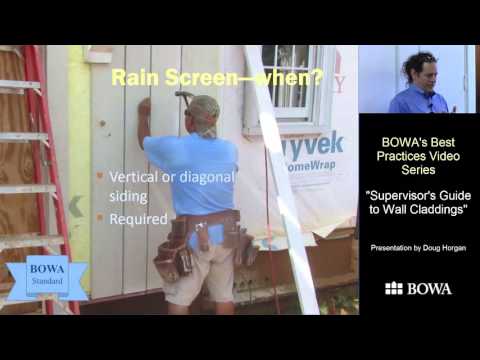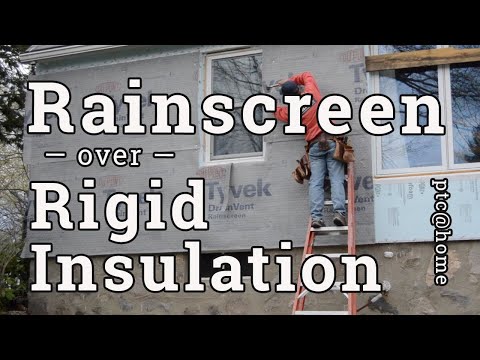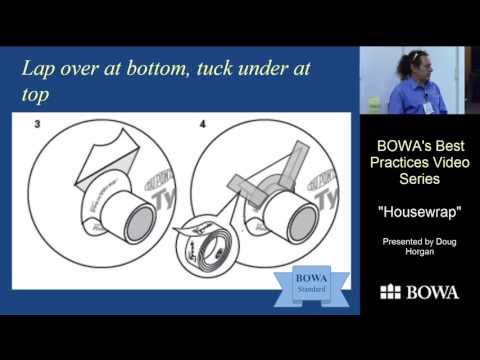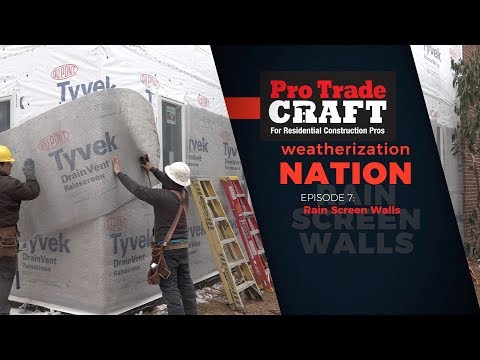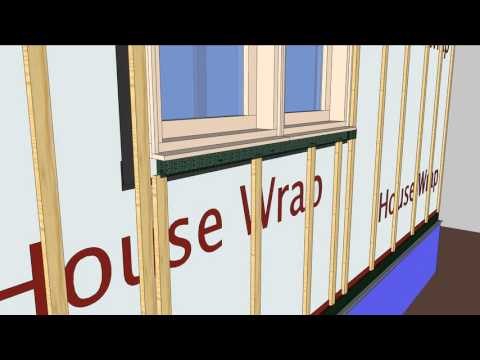Felt, furring strips, and flashing keeps rain out of the walls
One of the big issues in British Columbia is rain. There is a lot of weather so a lot of attention is paid to shedding water. Deep overhangs, gutter design, and sloping grade do a lot to collect water from the roof and direct it away from the house, but when rain goes sideways, overhangs only help so much.
Barstow Construction, does a good job with overhangs and gutters. They are also particular about how they wrap, flash, and how siding is installed on houses.
In this video, Russ Barstow explains their rainscreen wall assembly, a simple, low-tech approach that works for them in one of the rainiest places in North America.
- Past the exterior sheathing (plywood or OSB), are two layers of #30 felt with large overlaps. This means that if a staple perforates the outer layer, the inner layer picks up the slack. And vice versa. They have used house wraps too, but after consultation with their siding contractors, the team has agreed on a double layer of felt paper.
- Peel and stick membrane wraps window openings, hose bibs, and other penetrations, and overlaps properly into the felt.
- Pressure treated plywood strips create an air gap cavity which allow siding leaks to drain out the open bottom, which is wrapped with a bug screen.
- Windows get head flashing above—to kick water out and away. Below, the trim board is notched to allow air to exit the cavity.
- They also cut a drip line in the window sill to interrupt water flow.
Redundancy and gravity work well together. #beltandsuspenders, #don'ttuckyourrainpantsintoyourboots
—Russ Barstow owns Barstow Construction, a custom home building company in Richmond, British Columbia, Canada. Their YouTube channel has a lot more videos.
